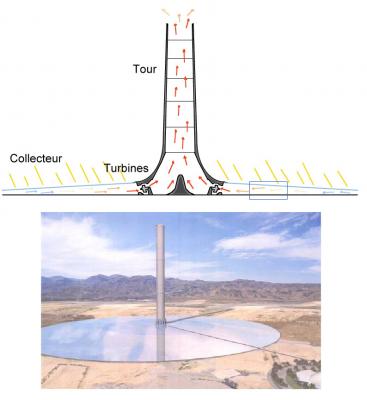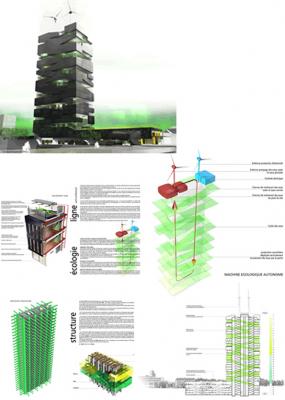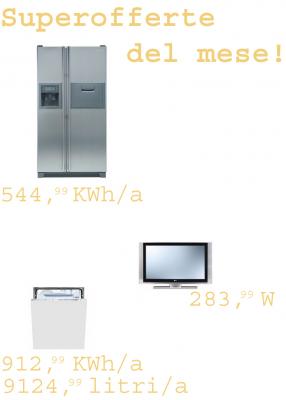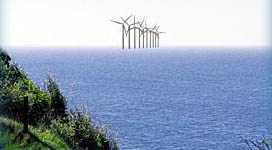I want a Tree..........house
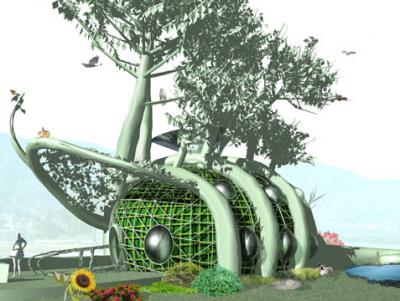
I want a Treehouse!
Interesting architecture don´t you think? Ist his the future? Will we live in treehouses, as our ancestors? Hope there will still be trees in the future....
Because Mitchell Joachim from the Mit Media Lab, in the USA propose to build a house not on a tree, but out of a tree.. The idea is to "guide" the tree so it can grow up in a way that it can be a house for a family. Do you see any problem? Ecologically correct, responsable, comfortable.. this project has all the good characteristics to be consider as the the future of sustainable building. Just a moment.. is not ready yet.. THis house needs decades to be build.. but that is not the problem. The real problem is that if everyone wants one of this houses, I have to change my job!!!
